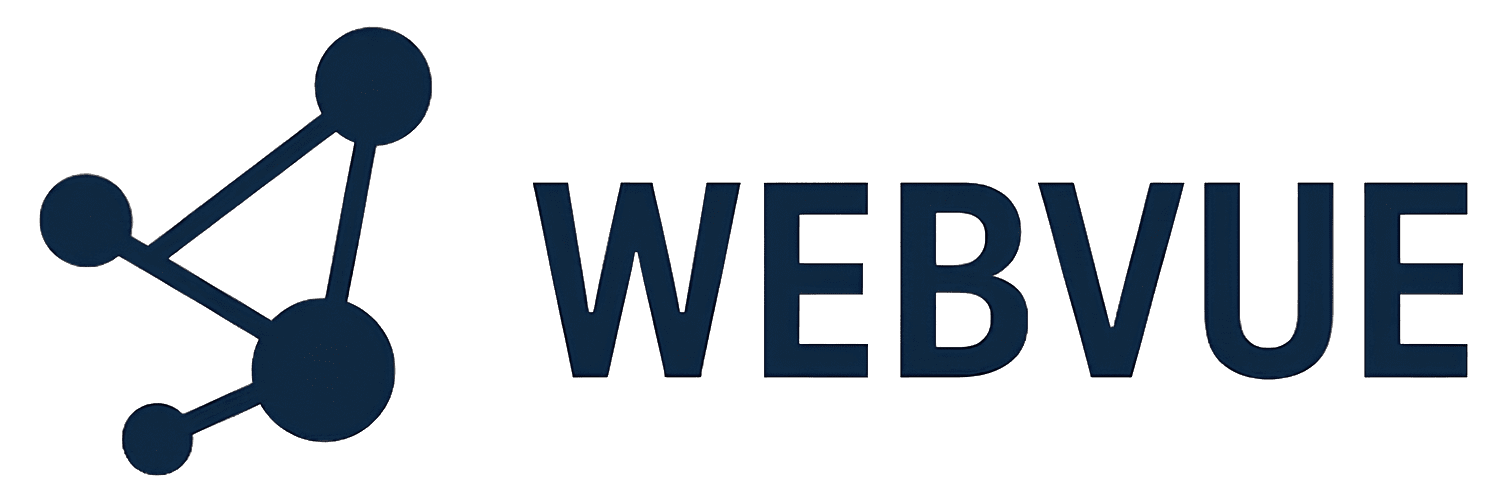Web development is a vast and dynamic field that encompasses everything involved in creating and maintaining websites. It’s the process of bringing a website to life, from the initial idea and design to the actual coding, deployment, and ongoing maintenance.
Think of it as building a house:
- Architects and Designers (Front-end): These are the people who design the look and feel, the user interface (UI), and the user experience (UX). They decide where the doors and windows go, what colors to use, and how easy it is for someone to navigate through the house.
- Builders (Back-end): These are the people who lay the foundation, build the walls, and set up the plumbing and electrical systems. They handle the “behind-the-scenes” logic that makes the house functional.
- General Contractors (Full-stack): These are the people who can do a bit of everything, overseeing both the design and the construction.
The Two Main Pillars of Web Development:
- Front-End Development:
- What it is: This is what users see and interact with in their web browser. It’s about creating the visual elements, layout, and interactive features of a website.
- Key Technologies:
- HTML (HyperText Markup Language): The foundational language for structuring content on the web. It defines headings, paragraphs, images, links, etc.
- CSS (Cascading Style Sheets): Used for styling the HTML content. It controls colors, fonts, spacing, layout, and responsiveness (how the website looks on different screen sizes).
- JavaScript: A powerful scripting language that adds interactivity and dynamic behavior to websites. It allows for animations, form validation, fetching data, and much more.
- Frameworks & Libraries: Tools built on top of JavaScript to streamline development, such as React, Angular, Vue.js, and Svelte.
- Focus: User Interface (UI), User Experience (UX), responsiveness, accessibility, and performance from the user’s perspective.
- Back-End Development:
- What it is: This is the “server-side” of a website, dealing with the logic, databases, and server operations that power the front-end. It’s what makes the website functional and dynamic.
- Key Components:
- Server: A powerful computer that stores website files and serves them to users’ browsers.
- Database: Where all the website’s data is stored (user information, products, blog posts, etc.). Common databases include MySQL, PostgreSQL, MongoDB.
- Application (Server-side) Logic: The code that processes requests from the front-end, interacts with the database, performs calculations, and sends responses back to the front-end.
- Popular Languages: Python (with frameworks like Django, Flask), Node.js (JavaScript on the server, with frameworks like Express.js), PHP (with frameworks like Laravel, Symfony), Ruby (with Ruby on Rails), Java (with Spring Boot).
- Focus: Data storage and retrieval, user authentication and authorization, server-side processing, API development, security, and scalability.
Full-Stack Development:
- What it is: A full-stack developer has expertise in both front-end and back-end development. They can build an entire website from the ground up, handling both the user-facing elements and the server-side logic.
- Advantages: Versatility, better understanding of the entire development process, and often faster development cycles for smaller projects.
Other Important Aspects of Web Development:
- Web Design: While distinct from development, it’s intrinsically linked. Good web design involves aesthetics, usability, and branding. Often, web developers work closely with web designers.
- Content Management Systems (CMS): Platforms like WordPress, Joomla, and Drupal allow non-technical users to manage website content easily. Developers often build themes and plugins for these systems.
- E-commerce Development: Specializes in building online stores,
